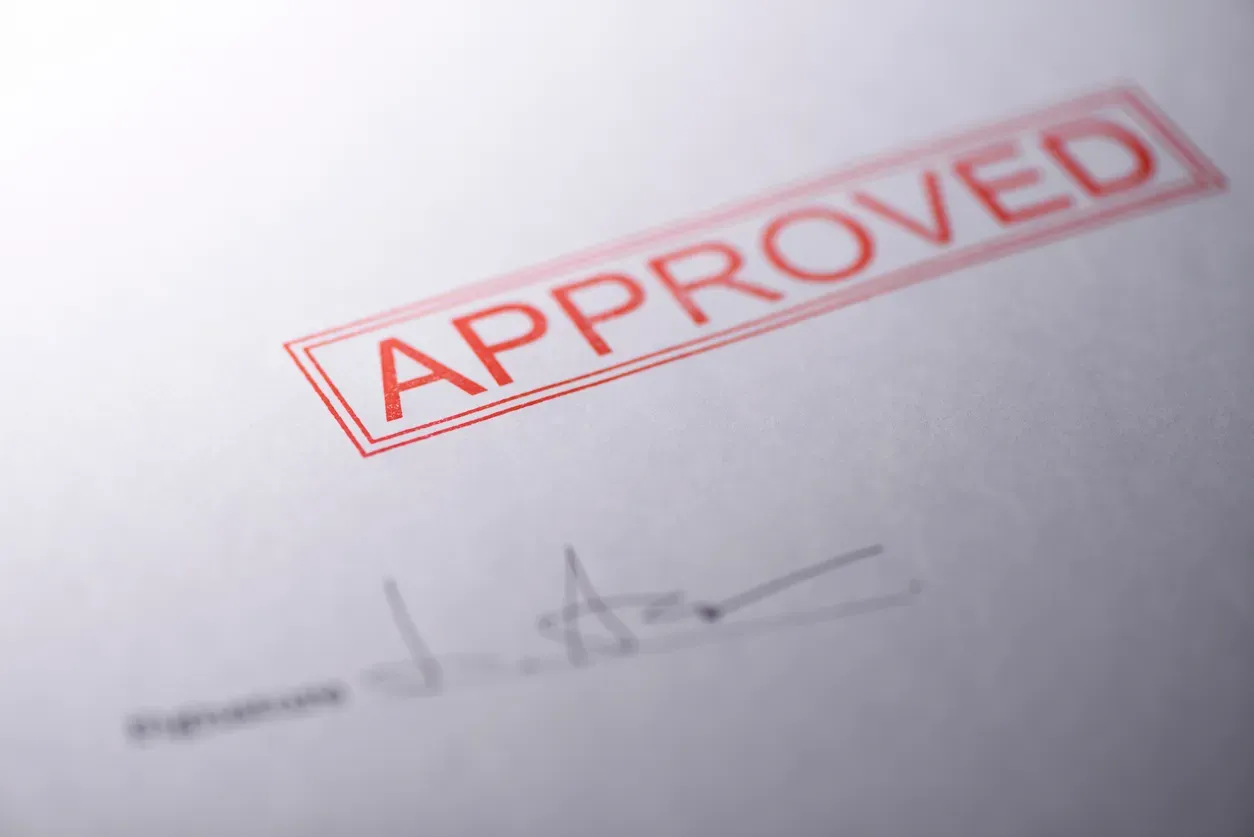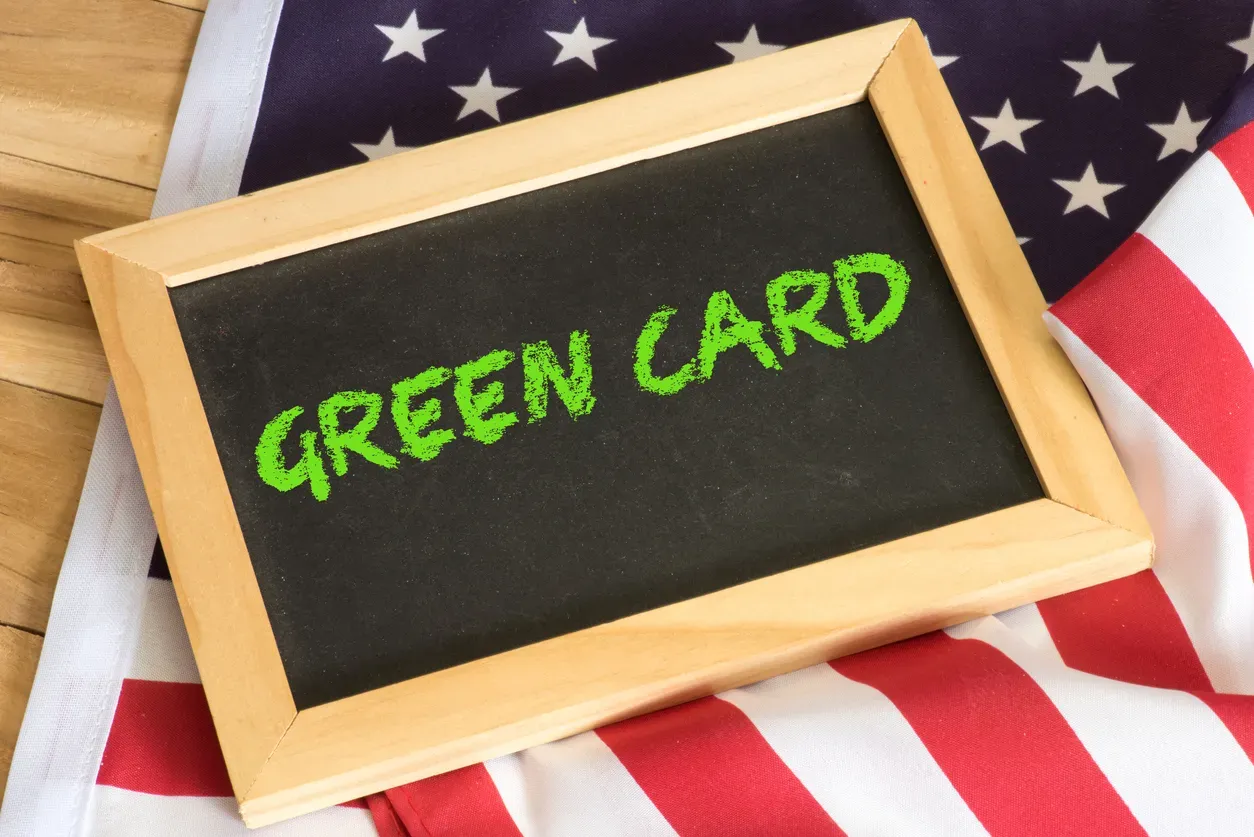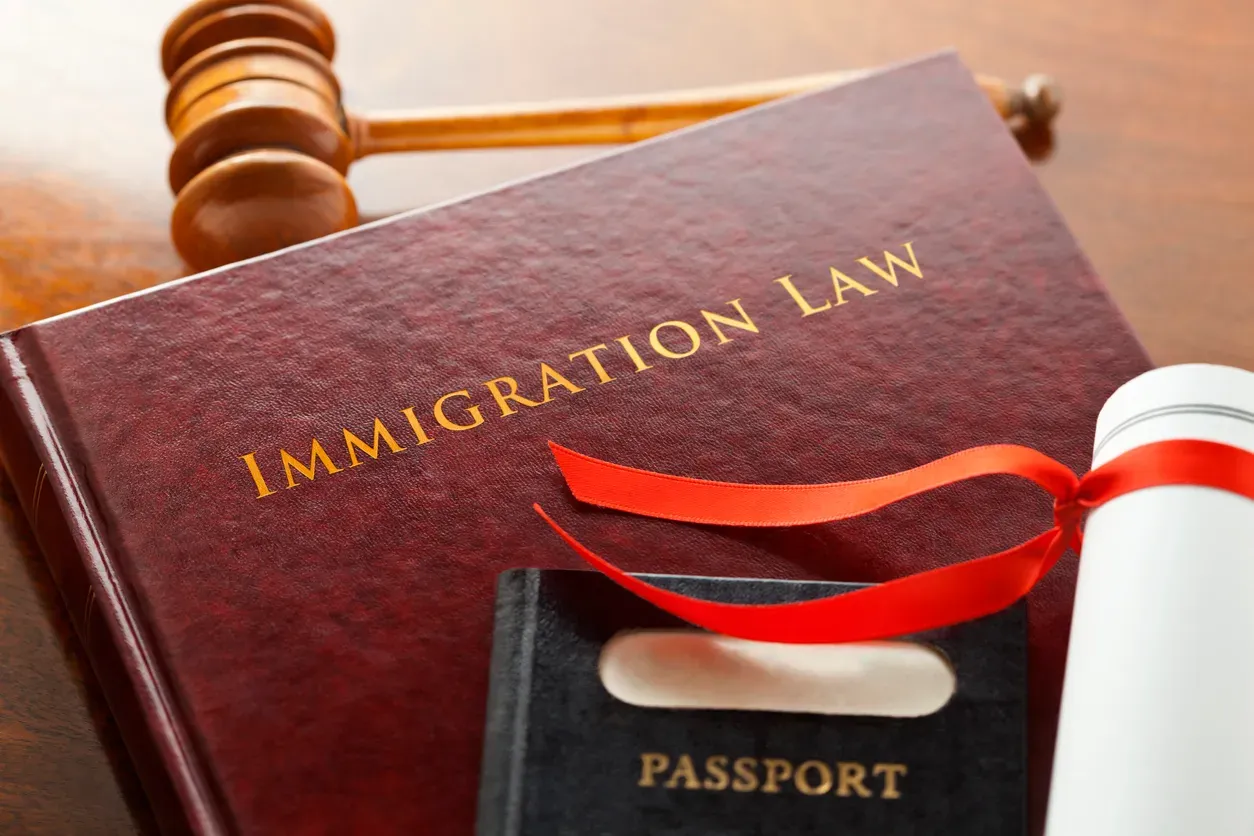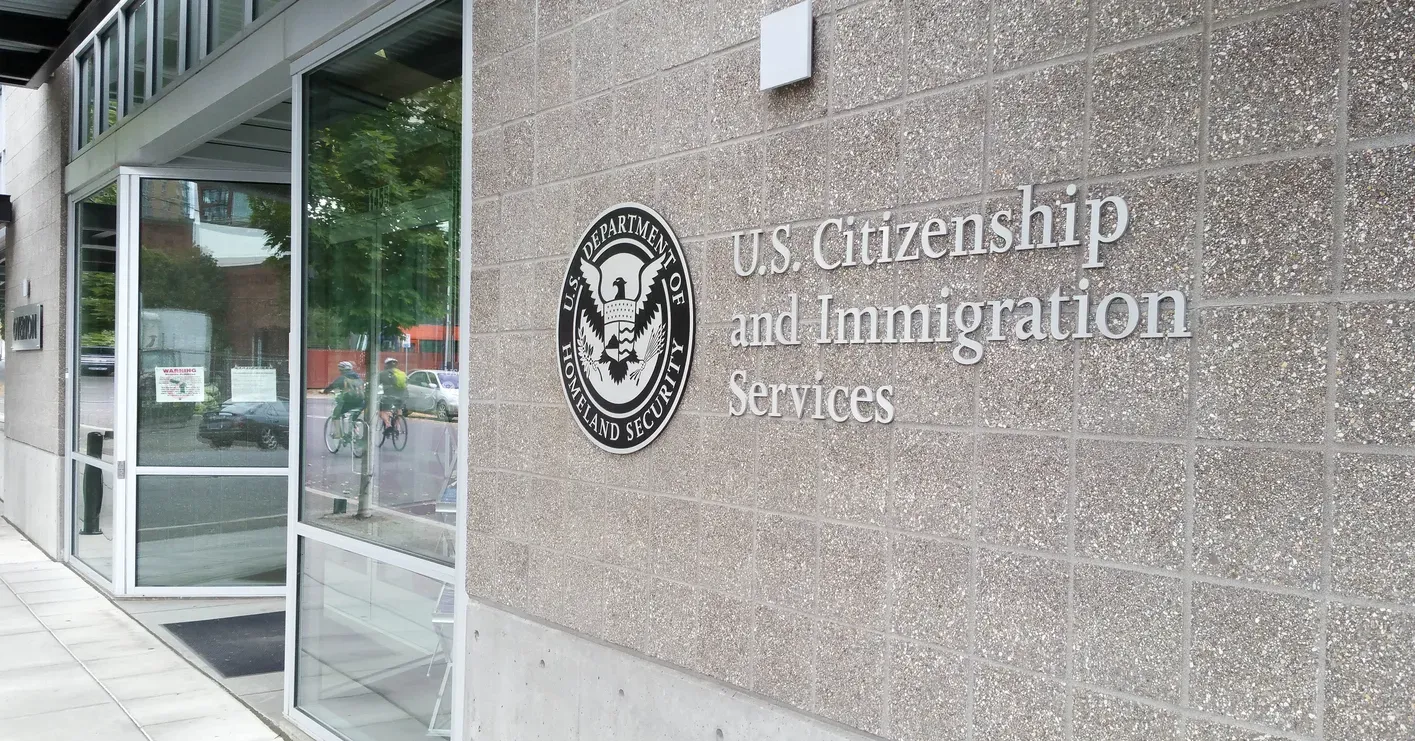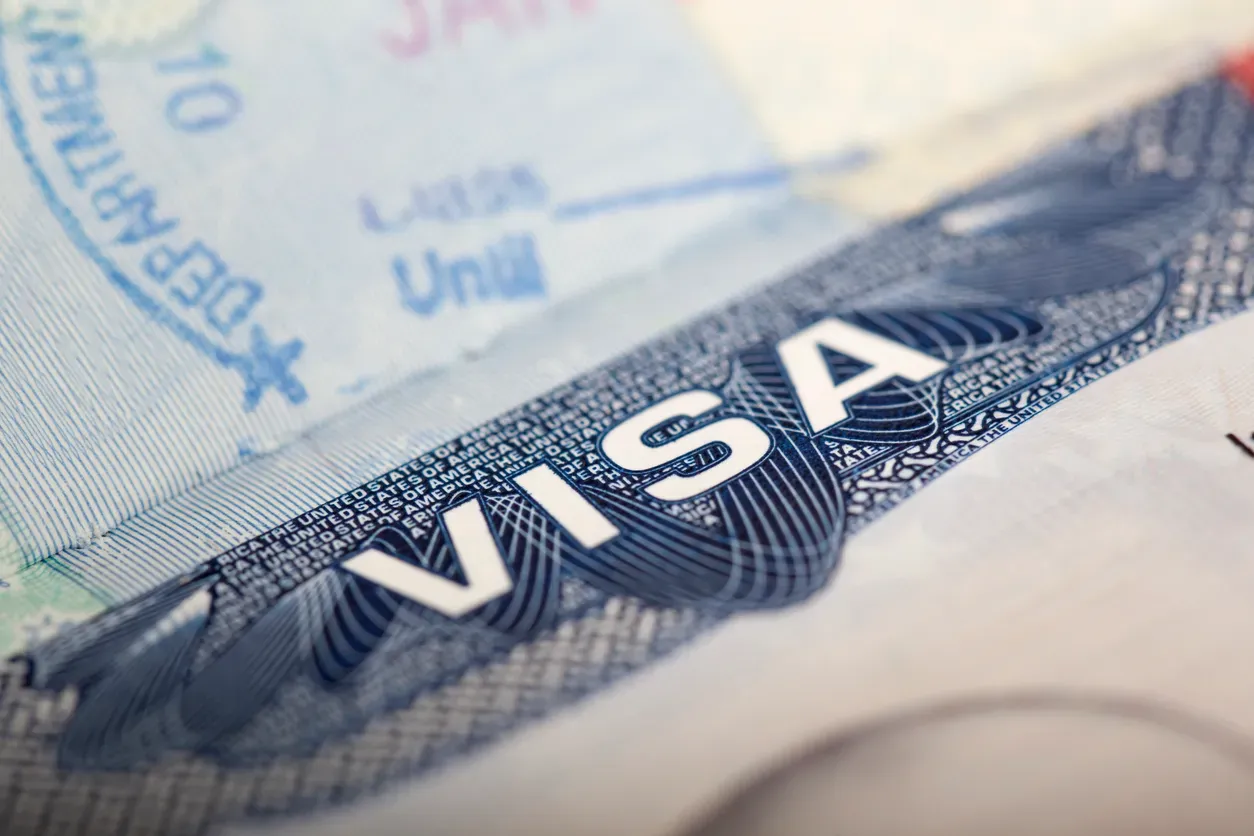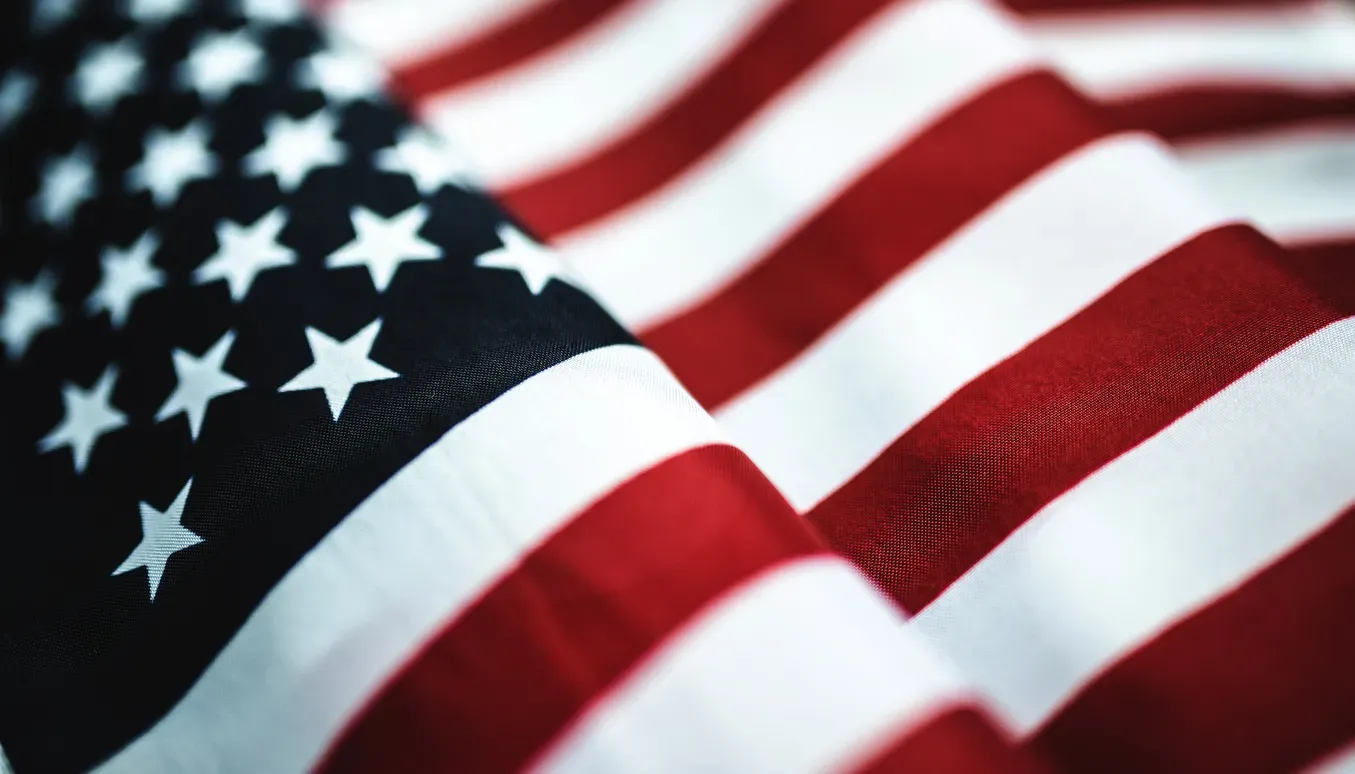Firm News 2020 | USCIS Issues New H-1B Rules Impacting the H-1B Program
We recently wrote about USCIS losing a court case forcing it to rescind certain restrictive policy memos, including the 2010 Neufeld memo and 2018 Contract and Itinerary memo. The government has counterpunched and announced two new H-1B rules that will significantly impact the H-1B program.
New H-1B rules increase regulatory burden on employers and business immigration lawyers.
In other words, all the restrictive immigration policies that were rescinded are headed back to the playing field (with the exception of the itinerary requirement) with these new H-1B rules. These new rules are set to take effect in 60 days from the date published in the Federal Register. The Department of Labor also added a new rule that will significantly increase the prevailing wages for H-1B and PERM cases. The government states that these changes are necessary given the COVID-19 pandemic’s effect on the U.S. economy and unemployment rate.
A copy of the Dept. of Labor’s new rule can be found here. A copy of DHS’s new H-1B rules can be found here.
New H-1B Rules
Here is a list of the new rules set forth in DHS’s interim final rule:
- Revising the regulatory definition of and standards for a “specialty occupation” to better align with the statutory definition of the term;
- Adding definitions for “worksite” and “third-party worksite”;
- Revising the definition of “United States employer”;
- Clarifying how U.S. Citizenship and Immigration Services (USCIS) will determine whether there is an “employer-employee relationship” between the petitioner and the beneficiary;
- Requiring corroborating evidence of work in a specialty occupation;
- Limiting the validity period for third-party placement petitions to a maximum of 1 year;
- Providing a written explanation when the petition is approved with an earlier validity period end date than requested;
- Amending the general itinerary provision to clarify it does not apply to H-1B petitions; and
- Codifying USCIS’ H-1B site visit authority, including the potential consequences of refusing a site visit.
These rules will certainly make it more difficult to obtain H-1B visas. Below is a comparison of the current form of the regulation to the regulation after the interim final rule takes effect. This is a summary of the new H-1B rules.
| Current Regulation | New Interim Final Rule |
|---|---|
| 8 CFR 214.2(h)(2)(i)(B) Service or training in more than one location. A petition that requires services to be performed or training to be received in more than one location must include an itinerary with the dates and locations of the services or training and must be filed with USCIS as provided in the form instructions. The address that the petitioner specifies as its location on the Form I-129 shall be where the petitioner is located for purposes of this paragraph. | 8 CFR 214.2(h)(2)(i)(B) Service or training in more than one location. A petition that requires services to be performed or training to be received in more than one location must include an itinerary with the dates and locations of the services or training. The itinerary must be submitted to USCIS with the Petition for a Nonimmigrant Worker, or successor form, as provided in the form instructions. The address that the petitioner specifies as its location on the Petition for a Nonimmigrant Worker must be where the petitioner is located for purposes of this paragraph (h)(2)(i)(B). This paragraph (h)(2)(i)(B) does not apply to H-1B petitions. |
| 8 CFR 214.2(h)(4)(i)(B)(7) not in current regulation. | (7)(i) The information provided on an H-1B petition and the evidence submitted in support of such petition may be verified by USCIS through lawful means as determined by USCIS, including telephonic and electronic verifications and on-site inspections. Such inspections may include, but are not limited to, a visit of the petitioning organization’s facilities, interviews with the petitioning organization’s officials, review of the petitioning organization’s records related to compliance with immigration laws and regulations, and interviews with any other individuals or review of any other records that USCIS may lawfully obtain and that it considers pertinent to verify facts related to the adjudication of the H-1B petition, such as facts relating to the petitioner’s and beneficiary’s H-1B eligibility and compliance. An inspection may be conducted at locations including the petitioning organization’s headquarters, satellite locations, or the location where the beneficiary works or will work, including third-party worksites, as applicable. (ii) USCIS may conduct on-site inspections or other compliance reviews as described in paragraph (h)(4)(i)(B)(7)(i) of this section at any time after the filing of an H-1B petition. If USCIS decides to conduct a pre-approval inspection, satisfactory completion of such inspection will be a condition for approval of any petition. (iii) USCIS conducts on-site inspections or other compliance reviews to verify facts related to the adjudication of the petition and compliance with H-1B petition requirements. If USCIS is unable to verify such facts due to the failure or refusal of the petitioner or a third-party worksite party to cooperate in an inspection or other compliance review, then such failure or refusal to cooperate and allow USCIS to verify facts may result in denial or revocation of any H1B petition for H-1B workers performing services at the location or locations which are a subject of inspection or compliance review, including any third-party worksites. |
| 8 CFR 214.2(h)(4)(ii) definition of employer-employee within definition of U.S. employer as “(2) Has an employer-employee relationship with respect to employees under this part, as indicated by the fact that it may hire, pay, fire, supervise, or otherwise control the work of any such employee.”. | 8 CFR 214.2(h)(4)(ii) Employer-employee relationship means the conventional master-servant relationship consistent with the common law. The petitioner must establish that its offer of employment as stated in the petition is based on a valid employer-employee relationship that exists or will exist. In considering whether the petitioner has established that a valid “employer-employee relationship” exists or will exist, USCIS will assess and weigh all relevant aspects of the relationship with no one factor being determinative. (1) In cases where the H-1B beneficiary does not possess an ownership interest in the petitioning organization or entity, the factors that USCIS may consider to determine if a valid employment relationship will exist or continue to exist include, but are not limited to: (i) Whether the petitioner supervises the beneficiary and, if so, where such supervision takes place; (ii) Where the supervision is not at the petitioner’s worksite, how the petitioner maintains such supervision; (iii) Whether the petitioner has the right to control the work of the beneficiary on a day-today basis and to assign projects; (iv) Whether the petitioner provides the tools or instrumentalities needed for the beneficiary to perform the duties of employment; (v) Whether the petitioner hires, pays, and has the ability to fire the beneficiary; (vi) Whether the petitioner evaluates the work-product of the beneficiary; (vii) Whether the petitioner claims the beneficiary as an employee for tax purposes; (viii) Whether the petitioner provides the beneficiary any type of employee benefits; (ix) Whether the beneficiary uses proprietary information of the petitioner in order to perform the duties of employment; (x) Whether the beneficiary produces an end-product that is directly linked to the petitioner’s line of business; and (xi) Whether the petitioner has the ability to control the manner and means in which the work product of the beneficiary is accomplished. (2) In cases where the H-1B beneficiary possesses an ownership interest in the petitioning organization or entity, additional factors that USCIS may consider to determine if a valid employment relationship will exist or continue to exist include, but are not limited to: (i) Whether the petitioning entity can hire or fire the beneficiary or set the rules and parameters of the beneficiary’s work; (ii) Whether and, if so, to what extent the petitioner supervises the beneficiary’s work; (iii) Whether the beneficiary reports to someone higher in the petitioning entity; (iv) Whether and, if so, to what extent the beneficiary is able to influence the petitioning entity; (v) Whether the parties intended that the beneficiary be an employee, as expressed in written agreements or contracts; and (vi) Whether the beneficiary shares in the profits, losses, and liabilities of the organization or entity |
| 8 CFR 214.2(h)(4)(ii) Specialty occupation means an occupation which requires theoretical and practical application of a body of highly specialized knowledge in fields of human endeavor including, but not limited to, architecture, engineering, mathematics, physical sciences, social sciences, medicine and health, education, business specialties, accounting, law, theology, and the arts, and which requires the attainment of a bachelor's degree or higher in a specific specialty, or its equivalent, as a minimum for entry into the occupation in the United States. | 8 CFR 214.2(h)(2)(ii) Specialty occupation means an occupation that requires: (1) The theoretical and practical application of a body of highly specialized knowledge in fields of human endeavor, such as architecture, engineering, mathematics, physical sciences, social sciences, medicine and health, education, business specialties, accounting, law, theology, or the arts; and (2) The attainment of a U.S. bachelor’s degree or higher in a directly related specific specialty, or its equivalent, as a minimum for entry into the occupation in the United States. The required specialized studies must be directly related to the position. A position is not a specialty occupation if attainment of a general degree, such as business administration or liberal arts, without further specialization, is sufficient to qualify for the position. While a position may allow a range of degrees or apply multiple bodies of highly specialized knowledge, each of those qualifying degree fields must be directly related to the proffered position |
| 8 CFR 214.2(h)(4)(ii) Definition of Third-Party worksite not in regulation | 8 CFR 214.2(h)(2)(ii) Third-party worksite means a worksite, other than the beneficiary’s residence in the United States, that is not owned or leased, and not operated, by the petitioner. |
| 8 CFR 214.2(h)(4)(ii) United States employer means a person, firm, corporation, contractor, or other association, or organization in the United States which: (1) Engages a person to work within the United States; (2) Has an employer-employee relationship with respect to employees under this part, as indicated by the fact that it may hire, pay, fire, supervise, or otherwise control the work of any such employee; and (3) Has an Internal Revenue Service Tax identification number. | United States employer means a person, firm, corporation, company, or other association or organization in the United States which: (1) Engages the beneficiary to work within the United States, and has a bona fide, non-speculative job offer for the beneficiary; (2) Has an employer-employee relationship with respect to employees under this part; and (3) Has an Internal Revenue Service Tax identification number. |
| 8 CFR 214.2(h)(4)(ii) Definition of worksite not in current regulation. | Worksite means the physical location where the work actually is performed by the H-1B nonimmigrant. A “worksite” will not include any location that would not be considered a “worksite” for Labor Condition Application (LCA) purposes. |
| 8 CFR 214.2(h)(4)(iii) Criteria for H-1B petitions involving a specialty occupation (A) Standards for specialty occupation position. To qualify as a specialty occupation, the position must meet one of the following criteria: (1) A baccalaureate or higher degree or its equivalent is normally the minimum requirement for entry into the particular position; (2) The degree requirement is common to the industry in parallel positions among similar organizations or, in the alternative, an employer may show that its particular position is so complex or unique that it can be performed only by an individual with a degree; (3) The employer normally requires a degree or its equivalent for the position; or (4) The nature of the specific duties are so specialized and complex that knowledge required to perform the duties is usually associated with the attainment of a baccalaureate or higher degree. | 8 CFR 214.2(h)(4)(iii) (A) Criteria for specialty occupation position. A proffered position does not meet the definition of specialty occupation in paragraph (h)(4)(ii) of this section unless it also satisfies at least one of the following criteria: (1) A U.S. baccalaureate or higher degree in a directly related specific specialty, or its equivalent, is the minimum requirement for entry into the particular occupation in which the beneficiary will be employed; (2) A U.S. baccalaureate or higher degree in a directly related specific specialty, or its equivalent, is the minimum requirement for entry into parallel positions at similar organizations in the employer’s United States industry; (3) The employer has an established practice of requiring a U.S. baccalaureate or higher degree in a directly related specific specialty, or its equivalent, for the position. The petitioner must also establish that the proffered position requires such a directly related specialty degree, or its equivalent, to perform its duties; or (4) The specific duties of the proffered position are so specialized, complex, or unique that they can only be performed by an individual with a U.S. baccalaureate or higher degree in a directly related specific specialty, or its equivalent. |
| 8 CFR 214.2(h)(4)(iii), subsection (C) does not exist in current regulation. | 8 CFR 214.2(h)(4)(iii)(C) The petitioner must establish, at the time of filing, that it has actual work in a specialty occupation available for the beneficiary as of the start date of the validity period as requested on the petition. When a beneficiary will be placed at one or more third-party worksites, the petitioner must submit evidence such as contracts, work orders, or other similar corroborating evidence showing that the beneficiary will perform services in a specialty occupation at the third party worksite(s), and that the petitioner will have an employer-employee relationship with the beneficiary. In accordance with 8 CFR 103.2(b) and paragraph (h)(9) of this section, USCIS may request copies of contracts, work orders, or other similar corroborating evidence on a case-by-case basis in all cases, regardless of where the beneficiary will be placed. |
| 8 CFR 214.2(h)(9)(i), subsection (B) does not exist in current regulation. | 8 CFR 214.2(h)(9)(i)(B) Where the petition is approved with an earlier validity period end date than requested by the petitioner, the approval notice will provide or be accompanied by a brief explanation for the validity period granted. |
| 8 CFR 214.2(h)(9)((iii) Validity. The initial approval period of an H petition shall conform to the limits prescribed as follows: (A)( 1 ) H-1B petition in a specialty occupation. An approved petition classified under section 101(a)(15)(H)(i)(b) of the Act for an alien in a specialty occupation shall be valid for a period of up to three years but may not exceed the validity period of the labor condition application. | 8 CFR 214.2(h)(9)((iii) (A)(1) H-1B petition in a specialty occupation. The maximum validity period for an approved petition classified under section 101(a)(15)(H)(i)(b) of the Act for an alien in a specialty occupation is 3 years. However, where the beneficiary will be working at a third-party worksite, the maximum validity period for an approved petition is 1 year. In all instances, the approved petition may not exceed the validity period of the labor condition application. |
DOL Increases Prevailing Wages for H-1B and PERM Cases
The DOL also significantly increased prevailing wages for H-1B and PERM cases. Unlike the DHS rule, this new rule will be effective on Oct. 8, 2020. These new rules change the minimum percentile level of the average wage for each wage level. The DOL has maintained the four tiered wage structure, but it has increased the percentile for each wage level significantly. Here is a summary:
| Wage Level | Current Percentile | New Percentile |
|---|---|---|
| Level I | 17 | 45 |
| Level II | 34 | 62 |
| Level III | 50 | 78 |
| Level IV | 67 | 95 |
According to the Economic Policy Institute , wage level I and II wages are currently well below the local median wage, and three-fifths of all H-1B jobs were certified at the two lowest wage levels in 2019. Thus, the increase in prevailing wages is an effort by DOL to level the playing field and protect wages and jobs for U.S. workers.
Expect lawsuits to challenge these new H-1B rules. Lately, USCIS has been enjoined by various courts across the country from imposing stringent immigration policies. Thus, we do not know how long these policies will be active. Porter Law Office, LLC will update our clients as new information is released.
H1B Lawyer in Columbus, Ohio
New H-1B Rules Significantly Impact H-1B Program
Contact Porter Law Office, LLC to discuss how these new H-1B rules may affect your case. The H-1B visa process is complex. There are strict federal labor laws and immigration rules and regulations governing the program. And the laws are changing. Columbus, Ohio immigration lawyer Matthew R. Porter, Esq. assists employers in complying with the H-1B visa regulations . We can help your organization with H-1B visa petition filings and compliance issues. If your organization is considering sponsoring a foreign national on an H-1B visa, contact Columbus, Ohio immigration lawyer Matthew R. Porter to discuss your H-1B visa options.

